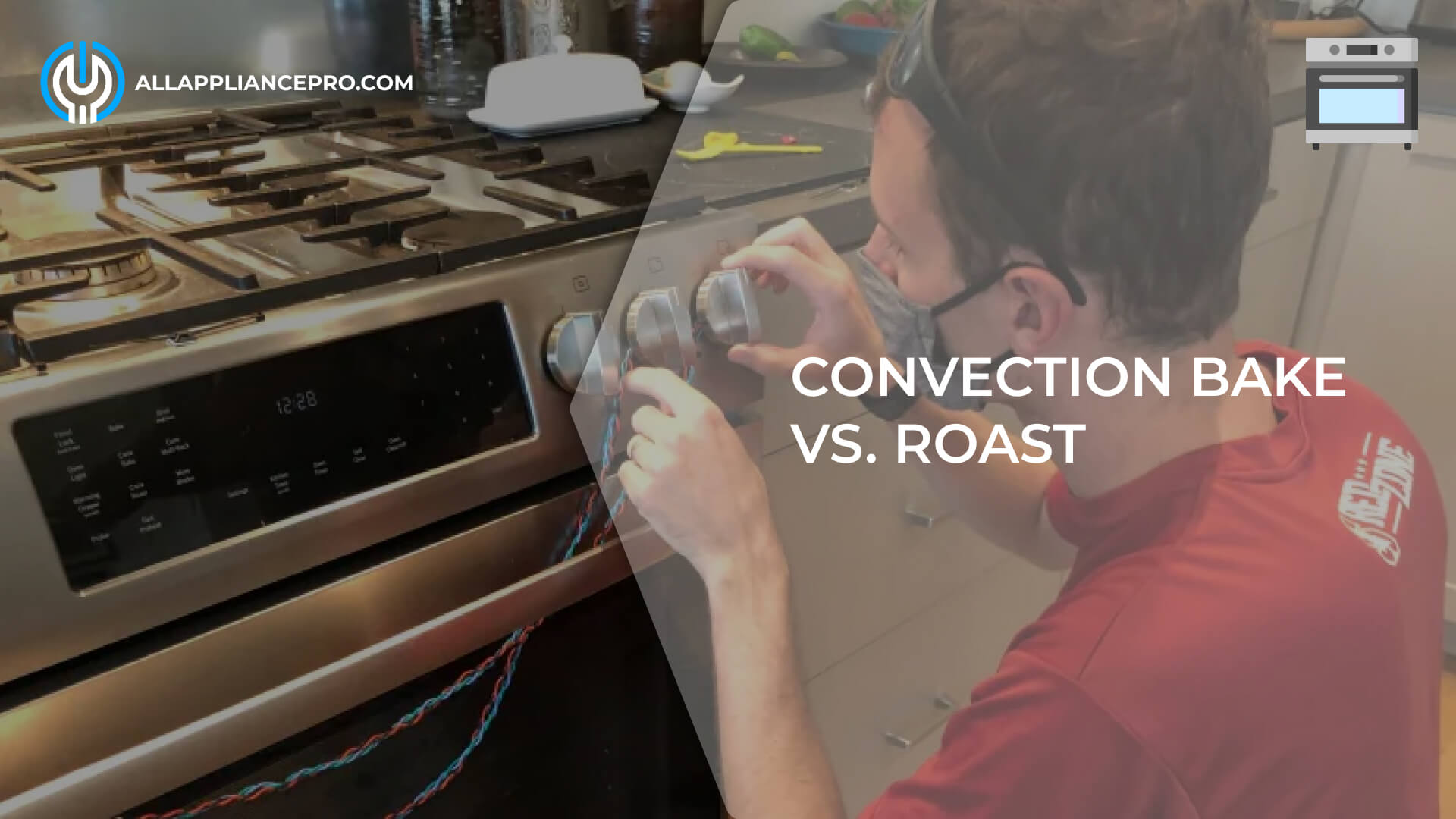Convection Bake vs. Roast: Exploring Cooking Methods

When it comes to creating mouthwatering dishes, understanding the nuances of various cooking techniques is essential. Two methods that often cause confusion are convection baking and roasting. While both methods involve the application of dry heat in an oven, they are distinct approaches with unique results. Let's delve into the world of convection baking and roasting to uncover their differences and when to use each technique.
Convection Bake: Swift and Even Cooking
Convection baking employs a fan and exhaust system within the oven to circulate hot air. This circulation ensures even distribution of heat, resulting in consistent browning and quicker cooking times. The fan's swift movement aids in creating a crispy exterior while maintaining the dish's moisture.
This method is ideal for baked goods like cookies, pastries, and bread. The even heat distribution prevents uneven browning and produces delicacies with uniform texture. Additionally, convection baking is perfect for dishes that require a quick cooking time, making it a go-to for busy cooks.
Roasting: Embracing Slow and Intense Heat
Roasting, on the other hand, involves cooking food at a higher temperature, typically above 300°F (150°C). The primary goal of roasting is to develop rich flavors and textures by subjecting the food to intense heat. This technique is often used for meats, poultry, and vegetables. The higher temperature leads to caramelization and the formation of a delectable crust on the exterior, locking in the juices and resulting in succulent, tender interiors.
When roasting, the initial high heat is usually followed by a lower temperature to ensure thorough cooking. This approach is particularly well-suited for larger cuts of meat, whole chickens, and root vegetables. The extended cooking time allows flavors to intensify and results in a robust culinary experience.
Choosing the Right Technique
Deciding between convection baking and roasting depends on the dish and the desired outcome. Here are some factors to consider:
1.Texture and Browning: If you're aiming for uniform browning and crispiness, convection baking is your ally. For a dish that boasts a golden-brown crust and tender interior, roasting is the way to go.
2.Cooking Time: When time is of the essence, convection baking's faster cooking can be a lifesaver. On the other hand, if you're ready to invest more time for enhanced flavors, roasting is your ticket.
3.Dish Type: Delicate baked goods thrive with convection baking, while meats, poultry, and hearty vegetables shine through roasting.
In modern ovens, many models offer both convection bake and roast settings, allowing you to tailor your approach based on the dish's requirements.
In Conclusion
Convection baking and roasting are two culinary techniques that elevate dishes through their distinct applications of dry heat. Convection baking offers even cooking and swift results, perfect for baked goods and quick meals. Roasting, with its intense heat and longer cooking times, unlocks deep flavors and succulence, particularly for meats and hearty vegetables. By understanding these techniques, you can confidently navigate your culinary adventures, creating dishes that tantalize the taste buds and delight the senses.


